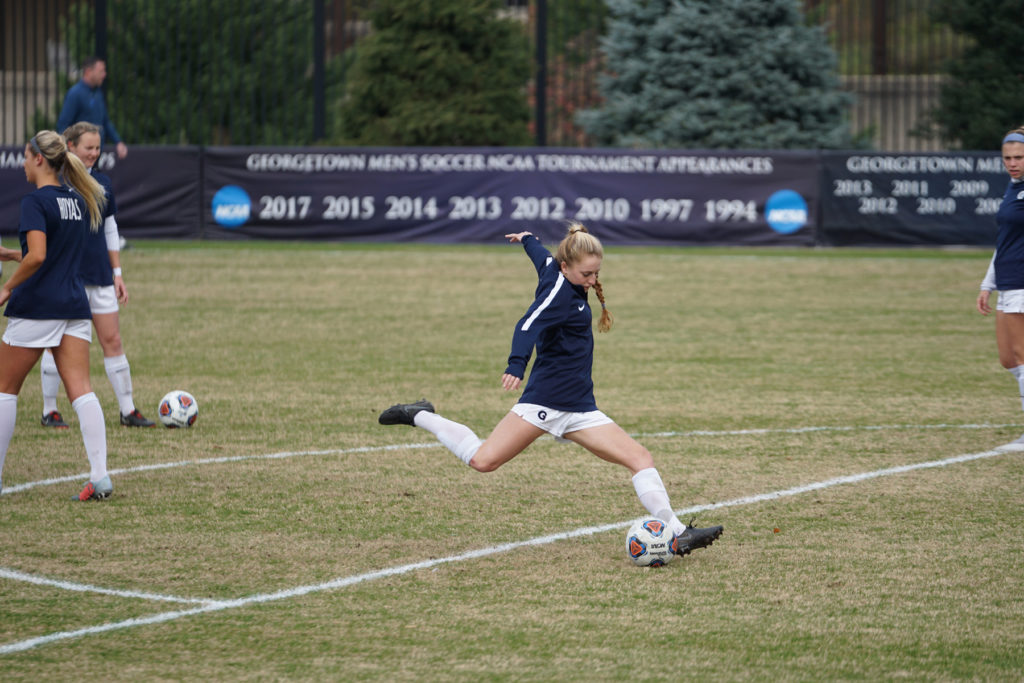A common question that patients ask their physical therapist is “why are you treating my hip when I am coming in for knee pain?” This is a valid question and one that warrants discussion. After all, in order to heal and get better, you want an understanding of why you’re doing what you’re doing.
The lower extremity is one big chain of anatomical connections (recall the song “the knee bone’s connected to the thigh bone…”). In other words, the muscles in your trunk and hip have a direct connection to your knees and even your feet and ankles. Considering movement in general, it’s an obvious thing to note that movement doesn’t happen in isolation. Movement occurs (and is successful) when muscles unite as a group and work together in order to facilitate ease of joint motion. This principle makes sense when you think of the whole body as a chain. If there’s a kink in the lower extremity chain, then the system is likely to be altered. Example: if your knee is painful, usually certain muscles within the hip or core have also either become weak and/or adopted an altered movement strategy (i.e. a bad habit). The old ‘chicken or the egg’ adage comes into play here: what came first, the painful knee or the weak core/hip muscles? After all, your core and hip muscles are noted to be your center of gravity and “power house,” and if they aren’t working properly, then the lower extremity joints often sound the alarm system. This same concept applies to feet and ankles. The foot and ankle need the core and hip muscles and vice versa. After all, chains operate most efficiently when all components are in working order.
The notion that the “knee bone’s connected to the thigh bone” helps us view the entire body as one working unit. If we only evaluate and treat individual joints, then we miss the larger picture of what truly is the source of the problem. This is what keeps movement and the rehabilitation process fun and interesting (well, physical therapists are biased). So next time your ankle and/or knee is giving you fits, consider the hips and the core as a potential starting point to getting the chain up and running again.






